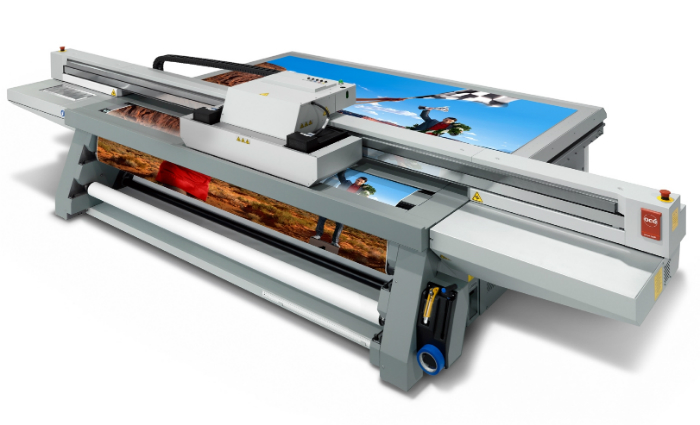Océ has started a €6.3m ($9.7m) inkjet research programme, launching it from the Océ headquarters in Venlo, the Netherlands.
The company, owned by digital giant canon, says it will use the results to develop future generations of Océ printers and in the jetting of materials other than ink. Océ believes high-speed jetting technology has the potential for application in digital manufacturing techniques and to change the way we make things.
Anton Schaaf, chief executive at Océ Holding, says, “In the past, we had several projects and programs with the 3 different research institutes, but many of these are ending. This new long-term research programme gives us the unique opportunity to continue and combine the vast range of expertise available, to take our inkjet innovation to a new level.”
The programme, titled Fundamental Fluid Dynamics Challenges in Inkjet Printing or FIP, involves cooperation between the Foundation for Fundamental Research on Matter; the Eindhoven University of Technology; the University of Twente; and Océ. The FIP programme will focus on the research of complex fluid dynamics phenomena, including the interactions with the print heads and substrates.
The largest and most comprehensive inkjet study of its kind ever conducted in the Netherlands, the programme will last six years and it will involve 12 PhD studies, four two-year post-doctoral degrees; and two Foundation for Fundamental Research on Matter group leaders.
Océ will contribute half of the programme’s budget. The other half will come from the Foundation for Fundamental Research on Matter Industrial Partnership Programme (IPP) funds and the Impulse programs of the Eindhoven University of Technology and the University of Twente TU/e and UT.
Detlef Lohse, professor and chair of Physics of Fluids, University of Twente will coordinate the programme. The research will focus on drop formation, the prevention of air bubbles, and the drying of drops on paper. It will also explore the interaction between ink and different types of substrates.
Océ sees rapid growth in the market for high-speed inkjet printing, such as in digital book printing with a growth of 15 per cent per year. The company says that, in pilot projects, Océ jetting techniques are printing directly onto copper for the production of printed circuit boards and printing coatings onto OLED screens.
Océ kicks off inkjet research programme


